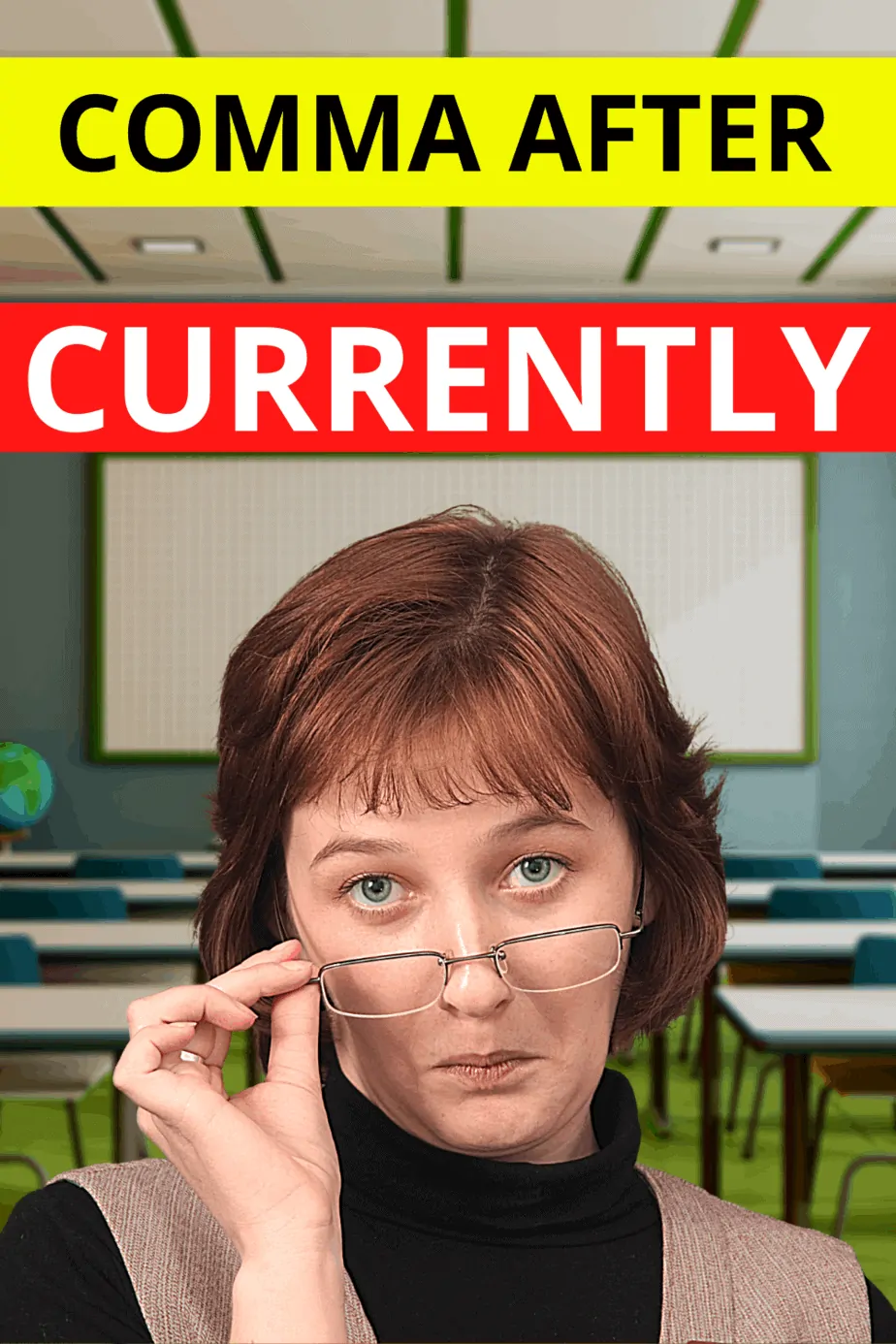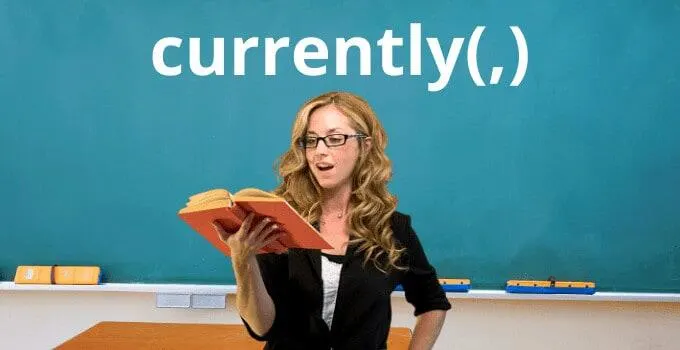Some words or phrases are often or always used in a way that means they will need to be followed by a comma.
Other words or phrases can take up several different positions in a sentence. Whether or not a comma is needed will vary based on where the word is.
“Currently” is an example of the second type of word. Let’s take a look at when you do and don’t need a comma after “currently.”
Do you need a comma after “currently”?
When “currently” is the introductory word at the beginning of a sentence or independent clause, you need a comma after it. “Currently” can also come at the end of an independent clause, and you need a comma after it if it is joined to another independent clause with a conjunction. You also need a comma after “currently” when it is followed by a nonessential clause. The rest of the time, “currently” usually does not need to be followed by a comma.
“Currently” is an adverb, and it can appear in several different places in a sentence.
Most of the time, whether or not to put a comma after “currently” is not about the word itself but about where it falls in the sentence.
“Currently” as an introductory word
When “currently” comes at the beginning of a sentence or independent clause, it should be followed by a comma.
Here are a few examples:
This falls under the rule that introductory words or phrases should be followed by a comma.
This includes a number of words dealing with time just as “currently” does, such as “later,” “yesterday,” “today“, and “sometimes.”

“Currently” at the end of an independent clause
Any time you join two independent clauses with a conjunction, the clauses need to be separated by a comma.
This means that if “currently” is at the end of the first independent clause, it will be followed by a comma.
Here are two examples:
“Currently” in other positions
When it appears in other places in the sentence, “currently” usually does not need to be followed by a comma unless it comes before a nonessential clause.
When a comma is not needed
“Currently” often comes just before or after the verb it is modifying, and in those cases, it does not need a comma. It may also be placed in between a series of verbs.
Here are a few examples:
When a comma is needed
You may need a comma after “currently” if it is followed by a nonessential clause.
A nonessential clause may come in the middle of a sentence or at the end of a sentence. It adds more information, but it could also be removed from the sentence without changing its meaning.
Notice that, as mentioned above, the word being “currently” is not the issue. The comma is needed because you are setting a nonessential clause off from the rest of the sentence with a comma.
Note that if you moved the word “currently” around, the comma would not follow it. The comma would still come after the last word before the nonessential clause:
Using “currently” in your writing
“Currently” is a frequently overused word. It can be a “filler” word, meaning that it just takes up space without adding anything particularly useful to the sentence.
When it is useful, it is usually showing or implying a contrast.
For example, if you say “We currently have no information about that,” it suggests that you expect to have the information at a later date.
If you don’t ever expect to have the information, you could leave out the word entirely—and you wouldn’t have to worry about whether you needed a comma at all!

Hey fellow Linguaholics! It’s me, Marcel. I am the proud owner of linguaholic.com. Languages have always been my passion and I have studied Linguistics, Computational Linguistics and Sinology at the University of Zurich. It is my utmost pleasure to share with all of you guys what I know about languages and linguistics in general.

